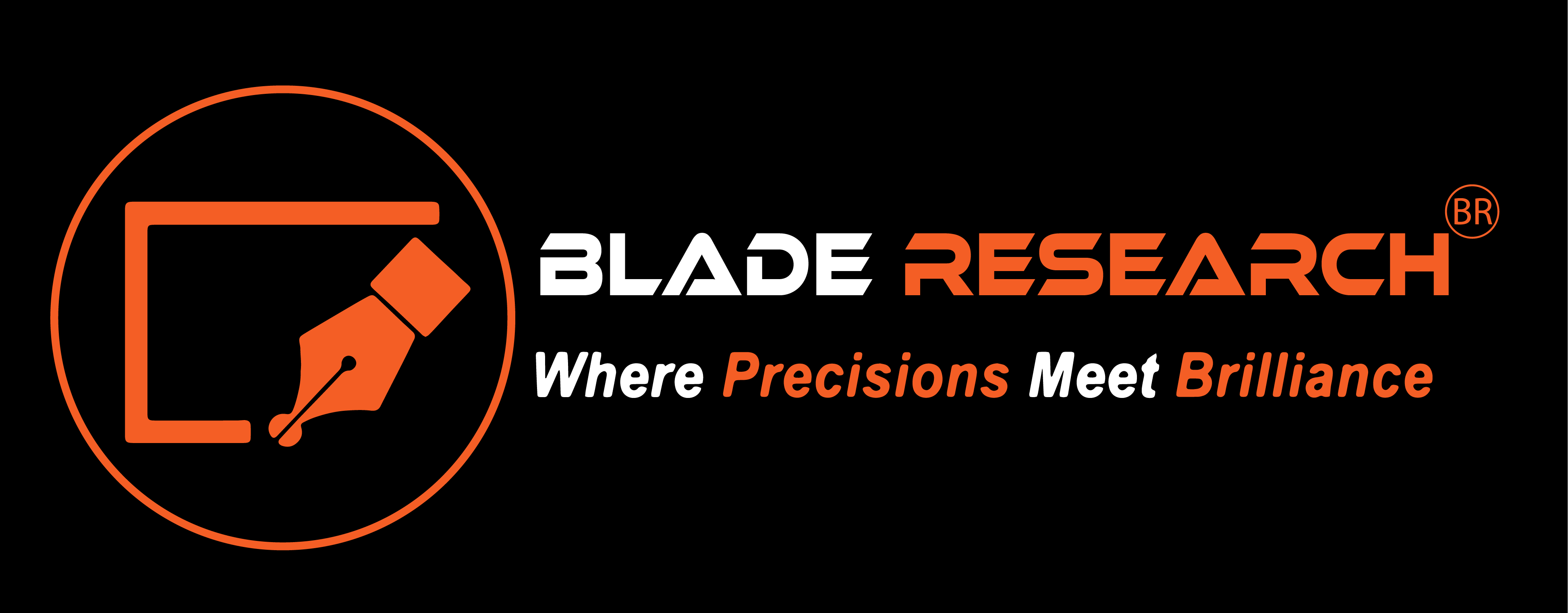The estimated reading time for this post is 7 Minutes
Contemporary Auditing is the examination and assertion of any accounts and of other official papers that support certain accounts. Such a system of checking an individual financial matter against established standards has been used, particularly in global marketing field. In some other countries, the development in the field of commerce and accountancy expanded the taxes of every auditor; however, auditing style in marketing field or in any International business firm has become unusual, as there is the presence of business expansion worldwide.
Nowadays, various business firms continue to grow. Special privileges are normally being given in a premise upon which the fulfillment of an agreement depends and/or in which certified experts manage a formal examination of an organization’s or individual’s accounts or financial situation. Such a methodical examination and review is valuable to the owners, executives, creditors, receivers etc. In addition, the final report of an audit plays a pivotal role for the sellers, owners, recipients, governmental agencies and donors to certain groups or organizations.
Therefore, audit categorizes every sort of inquiries that pertains to the institution’s account information. It is necessary for an audit to distinguish every asset and liability, and evaluate whether each of these has been incurred, valued and/or recorded in an accurate manner. Statement of accounts needs to be completed through the amount, which remains when use or need is satisfied; the excess of a corporation’s net worth over the par or stated value of its stock must be recorded.
Order custom essay Contemporary Auditing
with free plagiarism report
450+ experts on 30 subjects
Starting from 3 hours delivery
Get Essay Help
Eventually, such a process of examination or evaluation of certain account information enacts a check, which is not subject to control by others. This is the self-sufficient identity showing ownership or indicating payment made on an approach toward overdrawing assets and understating probabilities. It becomes quite easy for every individual taking the function of an auditor to work on their field of expertise despite the fact that all functions belong to an auditor have been extended to a more complete and broad analysis of the whole management within the bounds of the financial and accounting field.
Therefore, it is necessary for an auditor to have an extensive knowledge and comprehensive learning with regard to commerce and accounting, and other business firms’ etiquettes. This particular conduct is being acknowledged as one who is skilled in the practice of accounting or who is in charged of public or private accounts, records the facts or any business entities and/or various statements of account. Moreover, it is necessary for an auditor to distinguish whether a certain statement of account has been made or recorded in an appropriate manner.
However, as an analysis of the contemporary issues with regard to any business firms or accounting concerns, numerous countries acknowledge the appropriate functions of an auditor. It is common for certified public accountants in the United States of America to adhere to the terms of private audits; the General Accounting Office, which has been founded in 1921, manages examination or evaluation of the federal government’s account information (Bavishi, 1989). The Internal Revenue Service frequently examines or evaluates tax returns, which have been formed into an association and endowed by law with the rights and liabilities of an individual.
In addition, the Public Company Oversight Board, which has been established in 2002, records a variety of auditors or accountants and accounting firms that correspond to the real functions of an auditor. For a better comprehension with regard to the entire view of such a contemporary auditing, the case is shown from the real world of commerce and accountancy. The Lincoln Savings and Loan Association was a well-known financial institution amid the Keating Five scandal in the 1980s Savings and Loan crisis at Irvine, California.
Lincoln has become a progressive economic or business organization with nearly half its entire property of association, corporation, or estate applicable or subject to the payment of debts, particularly in home loans and there were only a quarter of its whole properties viewed with certain risks. It has encountered a variety of difficulties within the organization—experiencing slow contribution to the business profits for several years before reaching a large amount of income. Lincoln has become under control by Charles Keating, who has taken the chairperson’s position at the American Continental Corporation, a builder’s company.
Keating acquired this company for an approximately $50 million in the second month of 1984, as he has driven the management out of the company believing that the former administration would be improved when changes take place along the way. With luck in the business firm, he was able to reach a large amount of income, as the company’s profits have increased from more or less $1 billion to approximately $6 billion through four years of running his new owned business (“Contemporary Auditing: Real Issues and Cases,” 2008).
Hence, savings and loan associations have been through the process of removing all the restrictions and regulations in the late 1980, which has given every business transaction a permission to acknowledge dangerous outlay of money usually for income or profit along with the depositors’ money. This has become the right time for Keating to take all the benefits that would yield him lifelong productivities through the running the Lincoln.
Nevertheless, an American economist and the Chairman of the Federal Reserve of the United States, Alan Greenp sent a special business letter to the officers of the Federal Home Loan Bank (FHLB) of San Francisco. The letter contained a special message to give an aid for an absolving petition for Lincoln to a bank board rule, which prohibits excessive amounts of some forms of the outlay of money usually for income or profit that took place within the company (“Contemporary Auditing: Real Issues and Cases,” 2008).
Consequently, American Continental Corporation (parent of Lincoln Savings and Loan Association) went bankrupt; thus, approximately 20,000 major and important investors have lost their life savings account. Such a cooperative association organized to hold savings of members in the form of dividend-bearing shares and to invest chiefly in home mortgage loans —called also savings and loan has obviously faced a serious problem in the industry.
Moreover, the federal government of United States of America overlaid almost $3 billion of losses within the Lincoln Savings and Loan Association, as the company has been confiscated. A number of creditors tried to determine liabilities and apportion assets toward discharging indebtedness through the corresponding Resolution Trust Corporation. As a result, Keating would be imprisoned for the sort of fraud he has done with the company. Conclusion
I have learned substantially from the said experience and it impelled me to seek various means to improve my process of critical thinking and perception with regard to real issues and cases on the contemporary auditing. Through comprehending the entire view of such a situation in which the owner who manages a certain company committed fraudulent acts and deeds within his own company, a number of people would have been affected, indeed. This only signifies that prior to making decisions or establishing beliefs, an individual must be acquainted of getting in the way of arriving at an accurate perception and wise decision.
For a better comprehension with regard to this view, an example concerning Arthur Young in Contemporary Auditing: Real Issues and Cases, substance-over-form acknowledges the economic substance of every circumstance or issue despite the fact that its legal form could yield a diversified outcome. The acceptance of large, high-risk audit clients for relatively high audit fees may threaten an audit firm’s de facto and perceived independence through analytical reviews on the global contemporary issues.
Every transaction within the business should be acknowledged as non-arms length transactions; revenue on the financial statements should be recorded on the balance sheet.
References Bavishi, V. B. (1989). International Accounting and Auditing Trends. The Columbia Encyclopedia, Sixth Edition Copyright© 2004, Columbia University Press. Licensed from Lernout ; Hauspie Speech Products N. V. Knapp, M. C. (2008). Contemporary Auditing: Real Issues and Cases. South-Western College Pub; 7th Edition, ISBN-10: 0324658052 ISBN-13: 978-0324658057, 526pp
Cite this Page
Contemporary Auditing. (2018, Feb 09). Retrieved from https://phdessay.com/contemporary-auditing/
Don’t let plagiarism ruin your grade
Run a free check or have your essay done for you

#essay #essaywriting #assignment #dissertation #thesis #assignments #writing #essayhelp #assignmenthelp #university #college #researchpaper #homework #assignmentwriting #research #students #essays #student #academicwriting #paper #essaywriter #education #homeworkhelp #essaywritingservice #report #studentlife #assignmenthelper #lombaessay #essayhelper #essaycompetition





